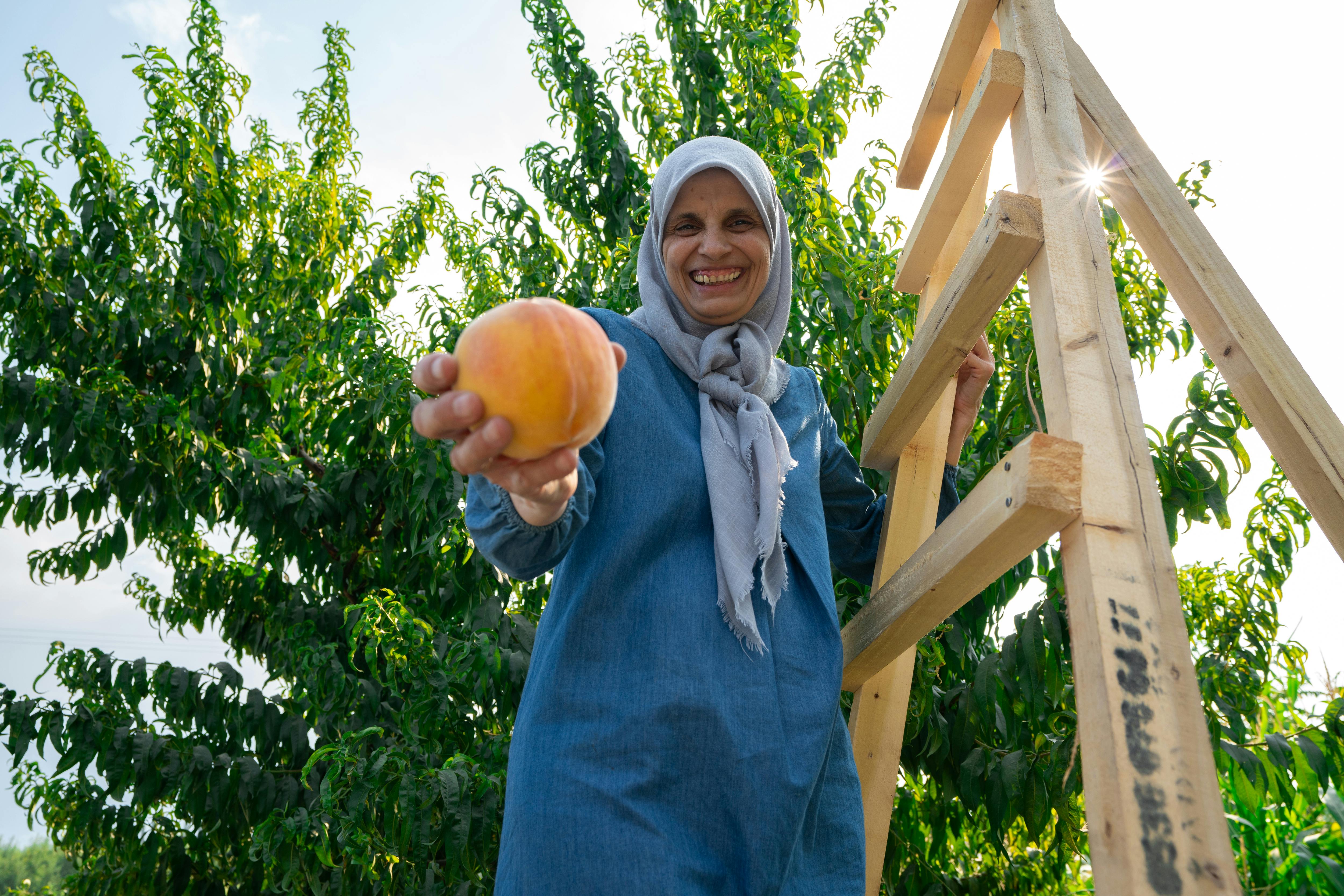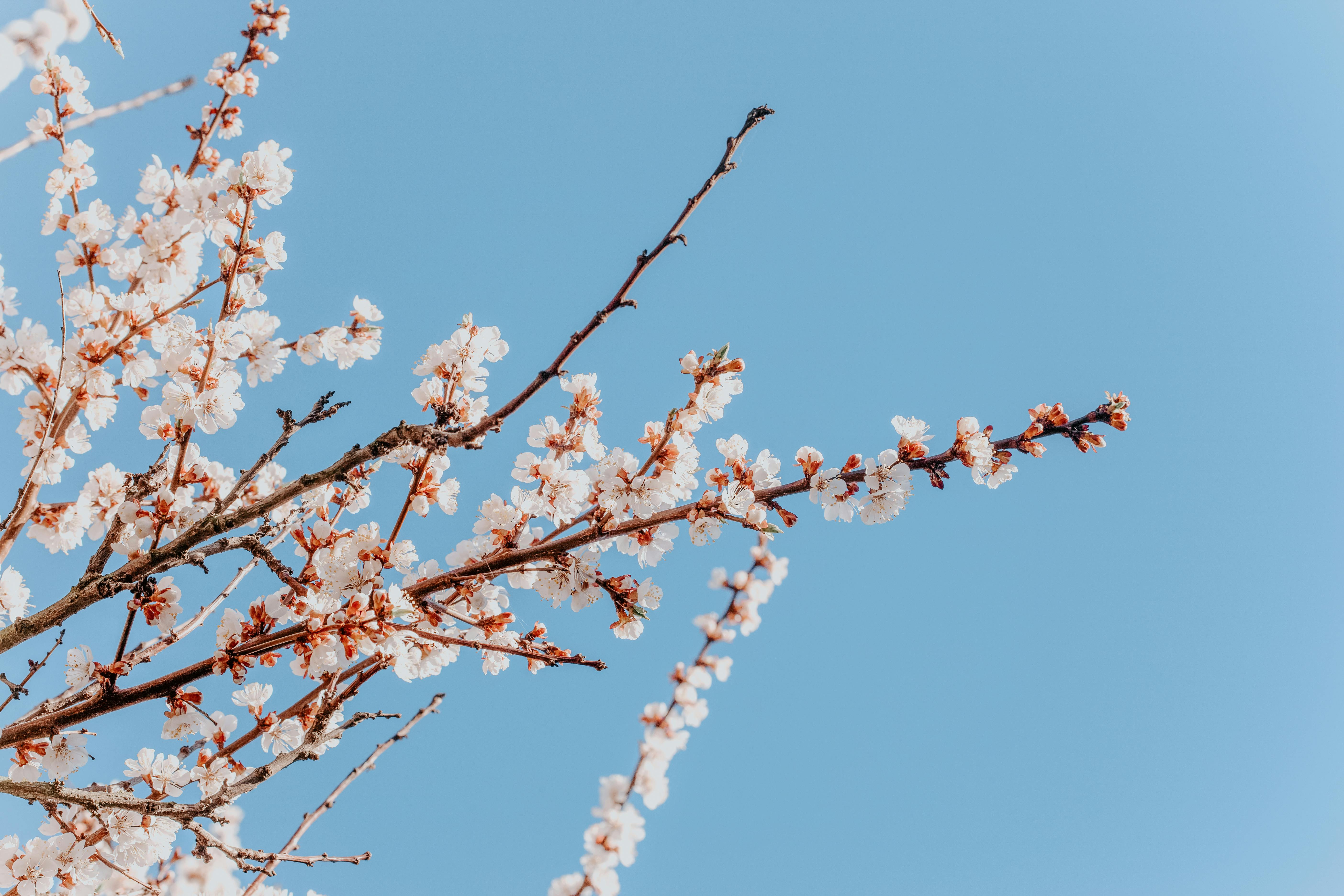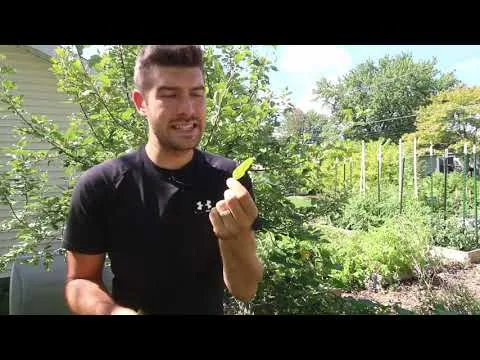If you have an apricot tree that is not producing fruit, it can be frustrating and puzzling. There are many possible reasons why your apricot tree may not be fruiting, ranging from environmental conditions to improper care. In this article, we will discuss the factors that can affect apricot tree fruiting and provide information on what you can do to ensure a successful harvest.There are several possible reasons why an apricot tree may not be fruiting. These include lack of adequate sunlight, poor soil quality, insufficient water, incorrect pruning, and pests or disease damage. Additionally, trees may not fruit if they are too young or too old. All of these issues can prevent a tree from producing fruit.
Nutrient Deficiencies in Apricot Trees
Apricot trees can suffer from a number of nutrient deficiencies that can lead to poor growth and reduced yields. These deficiencies can affect the plants’ ability to take up water and nutrients, as well as their ability to photosynthesize. Common nutrient deficiencies in apricot trees include nitrogen, phosphorus, potassium, calcium, zinc, iron, and magnesium.
Nitrogen is essential for plant growth and development. When nitrogen levels are low in the soil, the tree may have yellow leaves and reduced growth. Adding nitrogen-rich fertilizers can help improve the health of the tree. Phosphorus is important for root development and flowering, while potassium helps with photosynthesis and drought resistance. Calcium helps with cell wall strength and root development, while zinc is necessary for chlorophyll production. Iron helps with chlorophyll production and magnesium helps with photosynthesis.
These nutrient deficiencies can be identified by examining the leaves of the tree for discoloration or yellowing of foliage. In addition to examining the leaves, soil tests can also be used to accurately identify nutrient deficiencies in apricot trees. Once a deficiency has been identified, corrective measures such as adding fertilizer or adjusting irrigation schedules should be taken to ensure that adequate amounts of nutrients are available for optimal growth and yields.
Overwatering an Apricot Tree
Overwatering an apricot tree can be a serious problem and lead to root rot, nutrient deficiencies, and other plant diseases. When the soil around the tree is too wet, it prevents oxygen from getting to the roots, which leads to poor growth and disease. Too much water can also leach away essential nutrients from the soil. It is important to determine the right amount of water for your apricot tree in order to keep it healthy and productive.
To determine how much water your apricot tree needs, you need to consider various factors such as climate, soil type, and root depth. In general, apricot trees prefer well-drained soil that is not too wet or dry. The ideal watering schedule for an apricot tree is deep but infrequent watering. Water deeply once every one to two weeks in summer and once every three weeks in winter. During extreme heat or drought, more frequent watering may be necessary.
It is also important to avoid overwatering your apricot tree. If you notice that the leaves are yellowing or wilting even after watering, this could be a sign of overwatering. If this happens, reduce watering frequency or increase drainage by adding organic matter such as compost or mulch around the base of the tree. Proper pruning can also help reduce demand for water.
Overall, it is important to understand that too much water can be just as detrimental as not enough water when it comes to caring for an apricot tree. By taking into account factors such as climate, soil type and root depth when determining how much water your apricot tree needs and avoiding overwatering, you will ensure that your apricot tree stays healthy and productive throughout its life span.
Poor Pollination of Apricot Blossoms
Apricot trees are beautiful and fruitful when they are in full bloom, but their pollination can be tricky. The apricot blossom is a delicate flower that requires specific weather conditions in order to produce a successful crop. Poor pollination can lead to small fruit or no fruit at all, leading to financial losses for orchard growers.
There are several reasons why apricot blossoms may not be properly pollinated. One of the most common reasons is a lack of bees or other pollinating insects. If there are not enough bees or other insects to carry the pollen from one flower to another, the flowers will not be fertilized and the fruit will not form. In addition, adverse weather conditions such as heavy rain or strong winds can inhibit bee activity, leading to poor pollination.
Another factor that can lead to poor pollination is the shape of the flower itself. Apricot blossoms have a unique shape that makes it difficult for bees and other pollinators to access the center of the flower where pollen is stored. If they cannot reach this area, they cannot effectively spread pollen from one flower to another and successful fertilization does not occur.
Fortunately, there are some things that apricot growers can do in order to ensure successful pollination of their trees. Planting companion plants such as lavender and thyme can help attract more bees and other insects that will aid in effective pollination. In addition, using artificial bee hives near apricot trees has been proven effective in increasing bee activity in orchards, leading to better fruit production.
Overall, proper pollination of apricot blossoms is essential for a successful harvest. Growers should take steps to increase bee activity and improve access for bees and other pollinators in order to ensure a bountiful crop each season.
Effects of Sun Exposure on Apricot Trees
Sunlight is essential for the growth and development of apricot trees. The amount of sun a tree receives will affect its growth, fruit production, and overall health. Proper sun exposure can help apricot trees to thrive and produce a large crop of sweet tasting fruit. On the other hand, too much sun exposure can cause poor growth and even death in some cases.
Apricot trees need at least six hours of direct sunlight each day in order to produce good yields of fruit. If they receive less than this, they may still grow but they will not produce as much fruit as those receiving adequate sunlight. Too much direct sunlight can burn the leaves and cause scorched areas on the bark of the tree, which can weaken it over time.
In addition to providing the right amount of direct sunlight, apricot trees also need protection from strong winds. Wind can damage the delicate leaves and flowers of a young tree, leading to stunted growth or even death in extreme cases. It is important to provide some sort of windbreak or shelterbelt around your apricot tree if you live in an area that is exposed to strong winds.
Finally, too much sun exposure can lead to water stress in apricot trees. Too little water can cause yellowing leaves and reduced fruit production while too much water can lead to root rot and other problems. It is important to provide your apricot tree with consistent moisture through irrigation or rainfall in order for it to thrive and produce an abundant crop each year.

Pruning Techniques for Apricot Trees
Pruning apricot trees properly is essential for healthy and productive growth. Pruning helps to control the size of the tree, encourage new growth, and promote good fruit production. It is important to prune apricot trees annually to ensure a good harvest. The best time to prune apricot trees is in late winter or early spring before new growth begins. There are several different pruning techniques that can be used when working with apricot trees.
The first pruning technique is called heading back. This technique involves removing a portion of a branch or stem in order to direct the tree’s energy towards more desirable parts of the tree such as fruit-bearing branches or stems. This will help to promote more uniform growth and enhance flowering and fruiting. To perform this type of pruning, make a cut just above an outward-facing bud at an angle that slopes away from the bud.
The second pruning technique is called thinning out. This technique involves removing entire branches or stems from the tree in order to allow more light and air circulation into the canopy. Thinning out also helps to reduce overcrowding in the canopy, which can lead to disease and pest problems. When performing this type of pruning, make sure that you are removing entire branches or stems all the way down to their base near the trunk of the tree.
The third pruning technique is called deadheading. This involves removing dead or diseased branches from the tree in order to prevent pests and diseases from spreading throughout the tree. When performing this type of pruning, make sure that you are cutting off all dead or diseased branches at their base near the trunk of the tree.
Finally, it is important to remember that apricot trees should not be heavily pruned as this can reduce their productivity and potentially damage them permanently if done incorrectly. Therefore, it is important to follow these guidelines carefully when pruning your apricot trees every year for optimal growth and performance.
Diseases that Affect Apricot Trees
Apricot trees are susceptible to many diseases, some of which are caused by fungi and bacteria. Crown Gall, Bacterial Canker, and Peach Leaf Curl are some of the most common diseases that affect apricot trees. Crown Gall is a bacterial disease that causes galls to form on the roots and branches of apricot trees. These galls can be up to 8 inches in diameter and can cause stunted growth or death of the tree. Bacterial Canker is another bacterial disease that affects apricot trees and other stone fruits. Symptoms include sunken lesions on both young and mature bark which then ooze a sticky liquid. If left untreated, it can cause dieback of branches and twigs, as well as premature leaf drop. Peach Leaf Curl is a fungus disease that causes leaves to become distorted, discolored, and covered with a powdery substance. It can also cause premature leaf drop if left untreated.
Other diseases that affect apricot trees include powdery mildew, brown rot, verticillium wilt, shot hole fungus, root rot, scab, twig blight and peach bark beetle. Powdery mildew is a fungal disease that causes white patches on the leaves and fruit of apricots. Brown rot is another fungal disease which leads to rotting fruit which then becomes covered in a brownish mold. Verticillium wilt is caused by a soil-borne fungus which affects the vascular system of the tree leading to wilted foliage and branch dieback. Shot hole fungus causes small holes in leaves as well as defoliation or premature leaf drop. Root rot is caused by waterlogged soil or over-watering which leads to weakened roots which then become more susceptible to other diseases.
Scab is caused by fungi which leads to raised spots on fruit skins with tan centers while twig blight leads to black fruiting bodies in infected twigs which eventually lead to branch dieback. Finally peach bark beetle attacks bark of mature bark leading to large galleries underneath it as well as girdling of branches if left untreated.
To help prevent these diseases from occurring it’s important to plant apricot trees in well drained soil with plenty of air circulation between plants. Additionally providing adequate water during dry spells will help prevent stress on the plants from occurring as stressed plants are more susceptible to disease infestations than healthy ones. Regularly monitoring your plants for any signs or symptoms of infection will also help keep them healthy since early detection often allows for more successful treatment methods than waiting until an infection has progressed too far for treatment options to be effective.
Pest Control for Apricot Trees
Pest control for apricot trees is important to ensure a healthy and productive tree. Many common pests, such as aphids, scales, and mites, can cause damage to the tree if left unchecked. To protect your apricot tree from pests, it is important to be proactive in monitoring and controlling pest populations. Regularly inspect your tree for signs of insect activity and take action when necessary.
One of the most effective methods of pest control is the use of insecticides. Select an insecticide that is appropriate for the type of pest you are dealing with. Be sure to read and follow all directions carefully when applying pesticides to your apricot tree. However, it is important to note that using too much pesticide can be harmful to the environment and can also damage the tree itself.
In addition to using insecticides, other methods of controlling pests include pruning damaged branches, removing infested leaves or fruit, and promoting beneficial insects such as ladybugs or lacewings. By promoting beneficial insects in your garden or orchard you can reduce the need for chemical pesticides while still providing protection against destructive pests.
Finally, another important factor in pest control for apricot trees is proper care and maintenance of the tree itself. Make sure you are providing adequate water and nutrients so that your trees stay healthy and vigorous enough to resist pests naturally. This will reduce stress on the tree which can make it more vulnerable to pest attack. Additionally, maintaining good sanitation practices around your apricot trees will help prevent infestations from spreading from one tree to another.

Conclusion
In conclusion, there are many potential reasons why your apricot tree might not be fruiting. The most common causes include inadequate pollination, insufficient sunlight, nutrient deficiencies in the soil, or incorrect pruning techniques. It is important to properly diagnose the problem before attempting to remedy it. If you are unable to identify the cause of your apricot tree’s lack of fruiting, consulting a professional can help you find the correct solution. With proper care and understanding of the needs of an apricot tree, you can ensure that your tree will produce fruit each year.
Fruit trees are a great addition to any garden and provide delicious fruits for years to come. Taking the time to properly care for and understand your apricot tree’s needs will ensure that it remains healthy and productive for many years.



